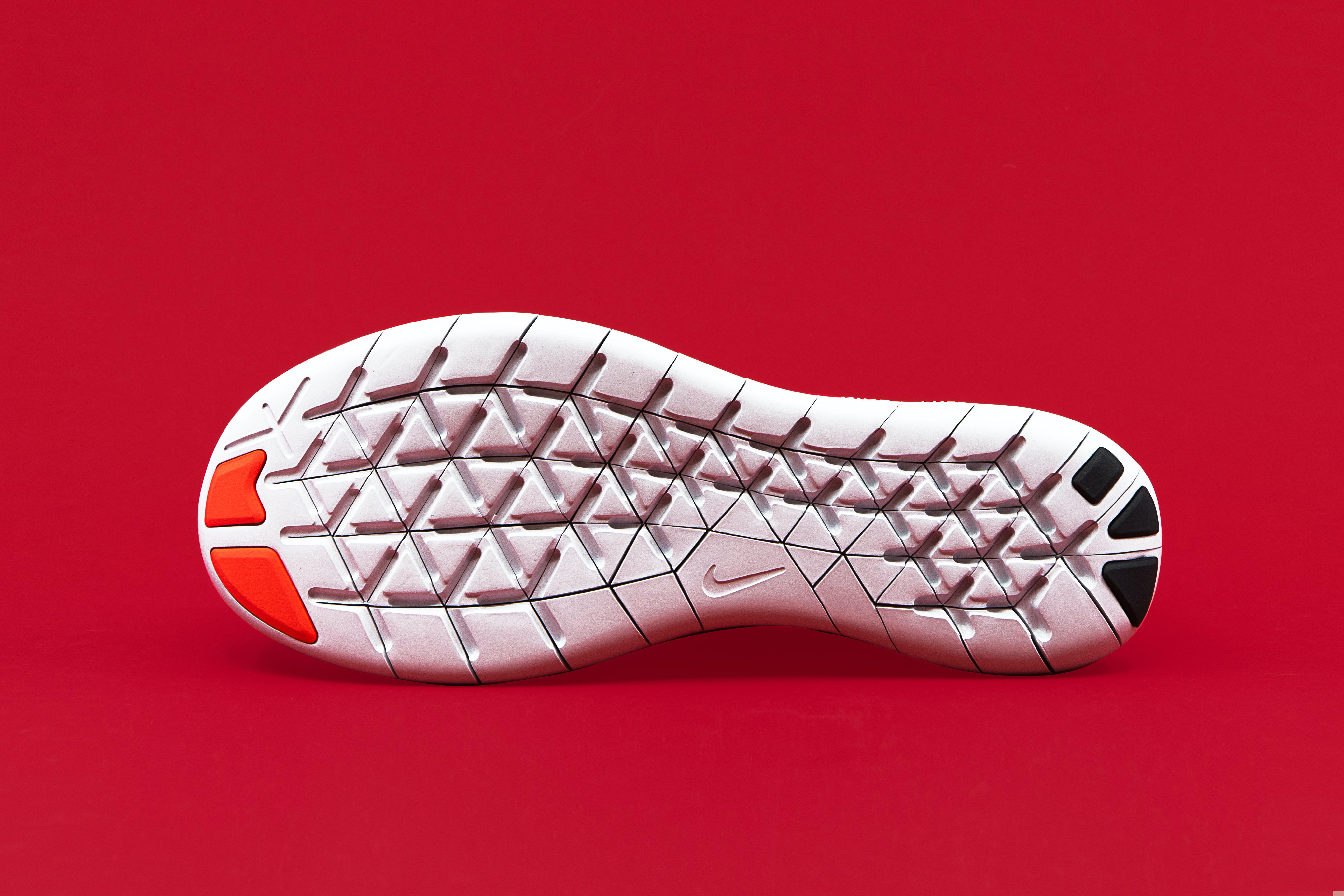5 Tips When Buying Running Shoes

Honestly, it's a pretty exciting time. You have all this hope that with the warmer days you're going to become a runner, and a spiffy new pair of shoes is the first step in taking that journey. *Don't forget to Kinstretch before you run (take the free runner's mobility class)
So, the obvious move while you're watching Netflix to hop on your phone and do a little retail therapy.
There are thousands of running shoe options now, but obviously, the cool new ones stand out. But, how do you know which pair of shoes is best for you?
Basing your shoe selection on the flashiest colors, 'shoes you've always worn', or what your runner friend wears is probably not the best decision. We know this because running shoes is probably one of the biggest reasons we see injuries at our Physical Therapy clinic here in Boston. We have more people coming in with plantar fasciitis, knee pain, and hip pain and a lot of this could be solved simply from upgrading their shoes.
If you're to ask me, everyone should be wearing a certain kind of running shoe.
Your shoe should make it feel like you're running on clouds -- but unfortunately, most mainstream shoes are narrow and will stuff your toes making most of the shoe comfortable, but no room for the toes to breathe.
Now I'm not saying these shoes don't work for some people, BUT the high majority of the population needs to be running in a wide toe box shoe.
Damn -- not only are there thousands of shoe options, now you need one with a wide toe box? What else do you need to know?
Here are 5 things to look out for when buying your running shoe:
#1 Do the shoes have a wide toe box?
If you're reading this, you probably need a wide toe box shoe. Sorry, those slick new Nike's probably aren't going to cut it for you. Shoes that run naturally narrow will, over time, create some really bad anatomy in your foot. Crammed toes might turn into bunions, arch pain, or anything up the chain including knee and hip pain. Our toes need to be wide, splayed, and able to work while running. Without a wide toe box, this doesn't happen.
#2 Are the shoes zero drop?
I think zero drops has got a poor name over the last few years, especially in the running community. We can probably thank those idiots running barefoot down the esplanade or going hiking in toe shoes. But, that's neither here nor there. The reason you want zero drop shoes is simple: you don't want to be constantly running downhill. Well, I mean, that'd be great in theory and YES even a subtle heel rise will make you faster, but over time a shoe without a zero drop will create poor running form and could potentially lead to injuries. And yes, you can get zero drop shoes with padding! They don't have to be minimalist 😏
#3 Are your shoes 'fixing' a mobility problem?
A lot of times I'll talk with someone who recently bought a pair of shoes that 'fixes their pronation' or 'I had to get these because I supinate during my stride'. Oy. Putting a bandaid in the shape of a shoe on your mobility issues is just going to cause them to get worse. If you're constantly 'pronating' and get a shoe that just props your foot up the other way the root cause of the issue isn't actually getting fixed. This will lead to other mobility-related problems, poor running stride, and possibly some bigger injuries. Instead, work on correcting your mobility problem so you can graduate from the shoe version of the training wheels and have a healthy running stride.
#4 Do they actually feel good? Or just look good?
It's hilarious when you buy shoes and your brain forces you to think that the cooler-looking design feels better than the other. Don't let those mind tricks win, your feet will thank you when they're 10 miles in. Also, when you're buying shoes, make sure you go somewhere you can actually try them out. Walking around a mall store doesn't cut it. Places like Nike will have a treadmill, or even marathon sports where you can run down the street are the best options.
#5 Did your neighbor or a professional recommend these?
Taking advice from your marathon-running friend down the street miiiight not be the best. It's coming from a good place, don't get me wrong, but if you're just starting back up running, or looking to increase your mileage your shoe choice is VITAL. Most good running stores will do a full fledge analysis on you -- measure your foot, foot's width, arch height, look at your stride, and lots more. This is what you need, a shoe that's made just for you. Just remember #3 😉. Our Boston Physical Therapists are also runners, so they can not only look at your running gate, but also give you shoe recs.

Now don't get me wrong, I'm so down for the latest Nike drop. Often time's, you'll see me rocking shoes that maaay not be the best for me. But, all of my fitness activities are done with a wide toe box shoe -- that includes lifting, running, hiking, walking the dog, and anything of the like. Yeah, I own normal shoes as well, but our toes need to be freed the majority of the time.

